Collection
Date
Location
Type
38 results
Remembering 1807
In 1807 Britain legally abolished the slave trade, although it continued to participate in and profit from the institution of slavery. In 2007 the British government committed public funds to mark the bicentenary of the Slave Trade Act. The Remembering 1807 project has collected and archived material relating to the many events and activities that took place during 2007. These records help us to locate and understand the place of slavery, the slave trade and its abolition in the UK’s public history, commemorative traditions and popular memory. Background to the collection...
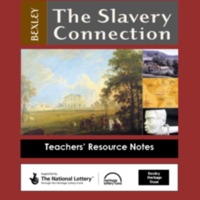
Bexley: The Slavery Connection
The 'Slavery Connection' project researched Bexley’s links with the transatlantic slave trade through the London borough's residents and buildings. The exhibition, which included objects from Bexley Museum, aimed to raise the level of understanding in local communities about the history of the…
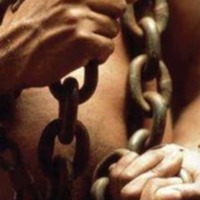
Bromley's Hidden History
‘Bromley’s Hidden History’ was led by Bromley Museum, with assistance from Bromley Local Studies and Archives. A touring exhibition, education pack, programme of events and web resources were produced to highlight Bromley’s connections with slavery and abolition. Bromley slave owners and…
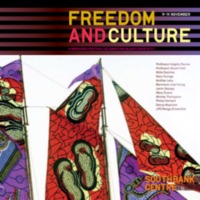
Freedom and Culture 2007
'Freedom and Culture' was a year-long nationwide programme to mark the bicentenary, conceived by Baroness Lola Young of Cultural Brokers (London) and Dr Nima Poowaya-Smith of Alchemy (based in Leeds). In partnership with artists, activists and cultural commentators, the programme explored the…
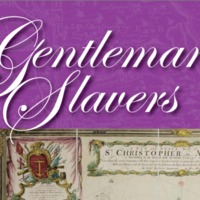
Gentlemen Slavers
Gentlemen Slavers was a project to explore the connections between the transatlantic slave trade and the London Borough of Sutton, particularly through the activities of one family – the Taylors of St Kitts. George Taylor, and later his brother John, lived on the Carshalton Park estate, funded by…
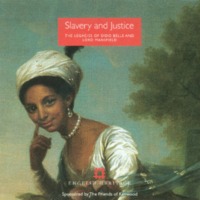
Slavery and Justice: The Legacies of Dido Belle and Lord Mansfield
Kenwood House in North London is closely connected to the history of the slave trade through the lives of two of its former inhabitants. Lord Chief Justice Lord Mansfield made a milestone ruling in 1772 towards abolition of the transatlantic slave trade. Dido Elizabeth Belle - born to an enslaved…
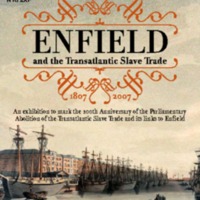
Enfield and the Transatlantic Slave Trade
An exhibition to mark the bicentenary was developed by Enfield Museum Service in partnership with the British Museum and Enfield Racial Equality Council. The exhibition looked at West African culture, the development of the local African community, the links between the transatlantic slave trade and…
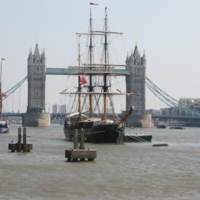
Spirit of Wilberforce
The Centre for Contemporary Ministry (CCM) is an educational charity specialising in the study of contemporary social issues. The CCM established a slavery exhibition at their base, Moggerhanger Park in Bedfordshire, once country home of members of the Thornton family, cousins of William…
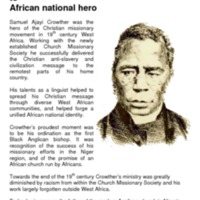
Samuel Ajayi Crowther: From slave boy to African national hero
Samuel Ajayi Crowther was Britain's first Black Anglican Bishop. He was born in Yorubaland, part of modern South Western Nigeria. After being enslaved, he was rescued at sea by the Royal Navy and began his missionary education in Sierra Leone. Crowther studied in Islington on two separate occasions:…
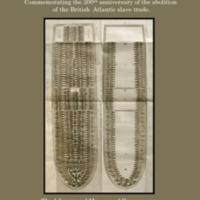
Squaring the Triangle: Freemasonry and Anti-Slavery
The exhibition at the Library and Museum of Freemasonry to mark the bicentenary arose from a project to catalogue their historical collections relating to Masonic history in the West Indies and America between 1760 and 1900. This period covers the establishment of African Lodge, the first Masonic…
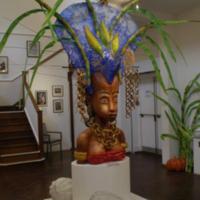
Parallel Views: Black History in Richmond
The Parallel Views exhibition and its associated community engagement programme explored the relevance of the bicentenary for communities in the London Borough of Richmond upon Thames, uncovering local associations with slavery and its abolition. It also told the parallel story of twin town…
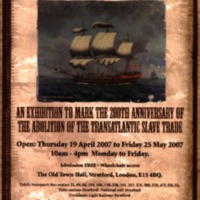
The Wickedest of Cargoes
London Borough of Newham Council led “The Wickedest of Cargoes…”, an exhibition at Stratford Town Hall, which used local museum and archive collections to explore the history of the slave trade and abolition. It looked at the history of slavery through different societies and cultures, and…
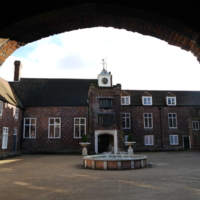
Faces of Freedom: Hammersmith and Fulham and the Slave Trade
The Museum of Fulham Palace is housed in the former palace of the Bishops of London, and former home of Bishop Porteus, the leading advocate for abolition within the Church of England in the late 18th and early 19th centuries. The Faces of Freedom exhibition featured Porteus alongside other…
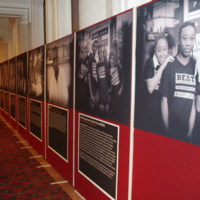
Freedom Roads
The Freedom Roads exhibition at Guildhall Art Gallery was one of several initiatives led by London Metropolitan Archives to mark the bicentenary. The exhibition featured contemporary photographic portraits of people of African origin whose work has contributed to the continuing struggle for human…
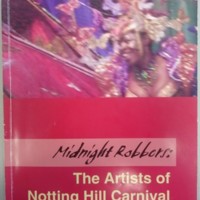
Midnight Robbers: The Artists of Notting Hill Carnival
Midnight Robbers was exhibited at City Hall, London in 2007 and the Ohio State University Urban Art Space in 2008. The exhibition explored the historic context of Notting Hill Carnival and examined the Carnival art form. The London exhibition also marked the bicentenary of the Abolition Act.…
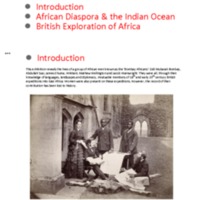
Bombay Africans
Bombay Africans 1850-1910 was exhibited at the Royal Geographical Society as part of the wider ‘Crossing Continents: Connecting Communities’ project, which with community partners aimed to develop new resources to advance the importance of geography. Based on the research of Clifford Pereira and…
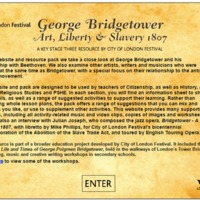
George Bridgetower: Art, Liberty and Slavery 1807
In this website and Key Stage 3 Resource Pack, the City of London Festival examined the work of the Afro-European violinist George Bridgetower (1778-1860) and, in particular, his relationship with the composer Ludwig van Beethoven. The resource also explored the role of other artists, writers and…
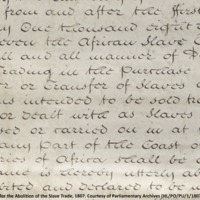
Young Runaway Slaves
An exhibition at the Victoria and Albert Museum of Childhood in London focused on the experiences of young runaway slaves in Britain. The exhibition focused in particular on the story of Ignatius Sancho, born in 1729 on board a slave ship, who ran away from his owners in Greenwich. Sancho's letters,…
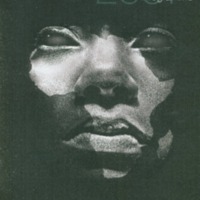
2007 Bicentenary for the Abolition of the Slave Trade Act at the National Maritime Museum
The National Maritime Museum marked the bicentenary with a range of initiatives and events including a new exhibition, a film season, poetry, music, debates, and new publications. A new permanent gallery opened at the museum in winter 2007 exploring Britain's Atlantic empire. A catalogue of…
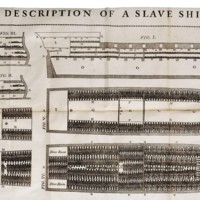
The Print that Turned the World?
The Print that Turned the World? was an exhibition at the London Print Studio, which examined the role played by printmaking in changing public attitudes towards the slave trade and influencing the abolition campaign. The exhibition looked in particular at the influence of the widely publicised…
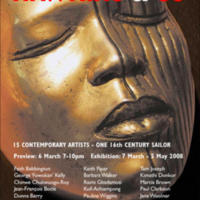
Hawkins & Co
Curated by artist Kimathi Donkor, and first exhibited at London’s Elspeth Kyle Gallery, Hawkins & Co referred to the Elizabethan mariner Sir John Hawkins, whose 16th century voyages to Africa and the Caribbean pioneered the British slave trade. In 2008, an expanded version of the project,…